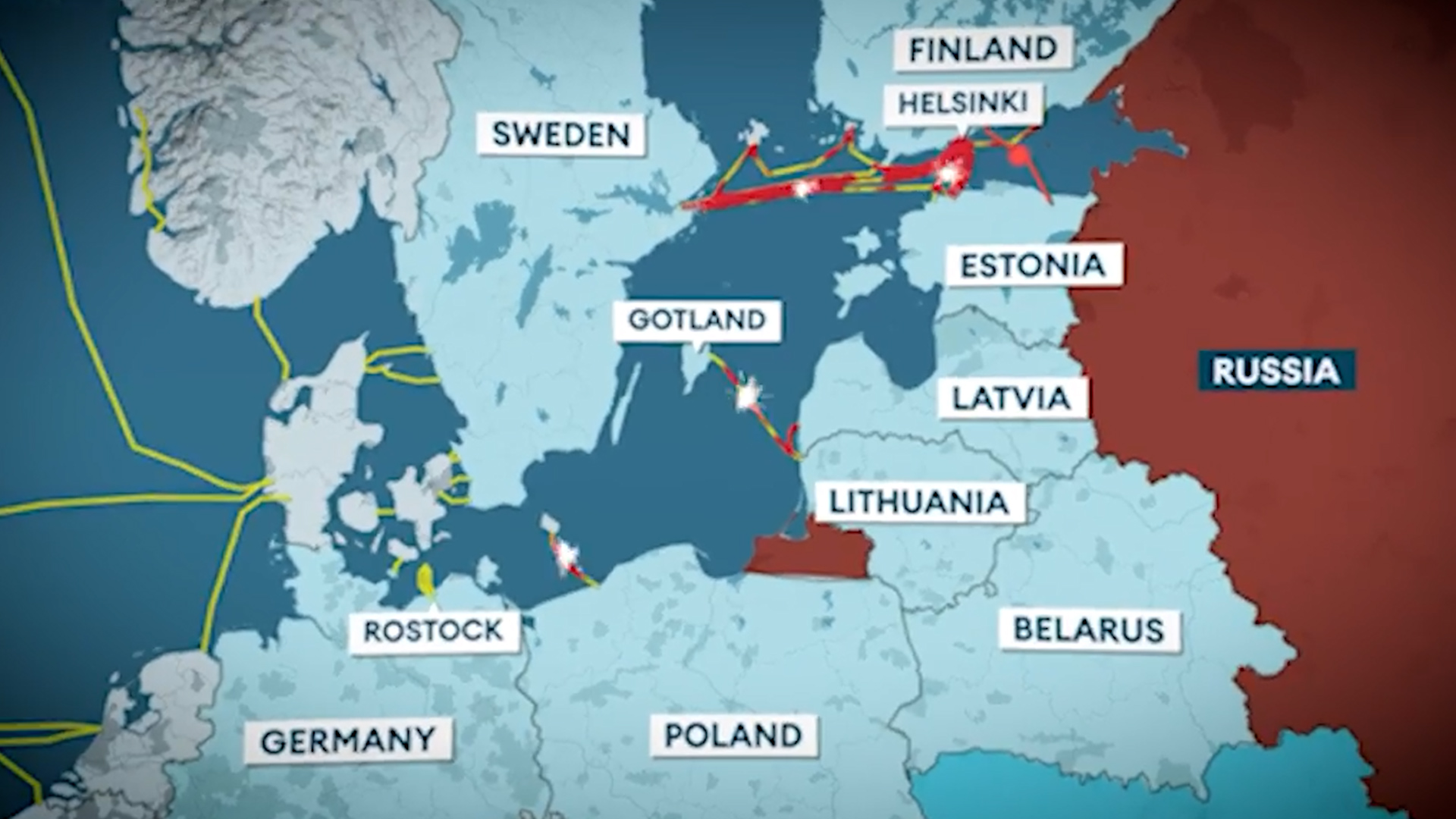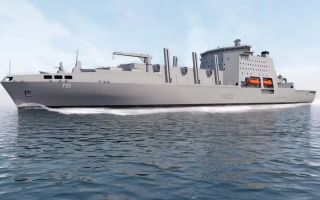Covert sabotage masked by plausible deniability: How grey zone warfare targets sea cables
Imagine a war where the targets aren't soldiers or tanks but the very systems that keep the modern world running – your internet, banking and power grids.
This is the reality of grey zone warfare, where undersea cables, the unseen arteries of global connectivity, are increasingly at risk.
Last month, critical undersea cables connecting Finland and Estonia were damaged, with Finnish investigators believing the anchor of the Russian tanker Eagle S was to blame.
Eagle S was detained by Finnish authorities, and the anchor which investigators believe caused significant damage to vital links was recovered.
The cables, responsible for transmitting internet, financial and energy data, are essential to modern life.
Their destruction can paralyse economies – a strategic advantage for any adversary.
But Finland's swift response to this incident highlights a growing recognition of hybrid threats, where acts of covert sabotage can be disguised as accidents.
Russia's involvement is far from unprecedented. Since it invaded Ukraine, the Baltic Sea has seen a rise in unexplained outages affecting undersea infrastructure.
Undersea cables are particularly vulnerable due to their placement. Most lie in international waters, outside the jurisdiction of any single country, leaving them exposed to interference.
The Baltic Sea itself is crowded with hundreds of vessels, making it difficult to monitor and secure this infrastructure effectively.

Nato and the UK-led Joint Expeditionary Force (JEF) are taking steps to counter these threats.
Nato is ramping up its presence in the Baltic Sea, while the JEF has deployed advanced technologies, including an AI-driven system known as Nordic Warden.
Nordic Warden integrates data from various sources, such as ship-tracking systems (AIS), radar, satellite imagery, underwater sensors, and open-source intelligence.
By analysing this information in real-time, the system can flag suspicious vessel movements, such as loitering near sensitive areas or deviating from standard routes.
When potential threats are identified, alerts are sent to Nato allies and JEF nations, enabling faster responses.
This predictive capability aims to minimise the likelihood of sabotage going unnoticed.
Despite these advances, the challenge remains daunting.
Thousands of miles of undersea cables crisscross the globe, and monitoring them requires immense resources.
The Eagle S incident is more than an isolated case of suspected sabotage.
As grey zone tactics become more sophisticated, nations must adapt quickly to defend the lifelines of modern society.
The battle to secure these vital connections appears to be only just beginning.
Additional images from VesselFinder.









